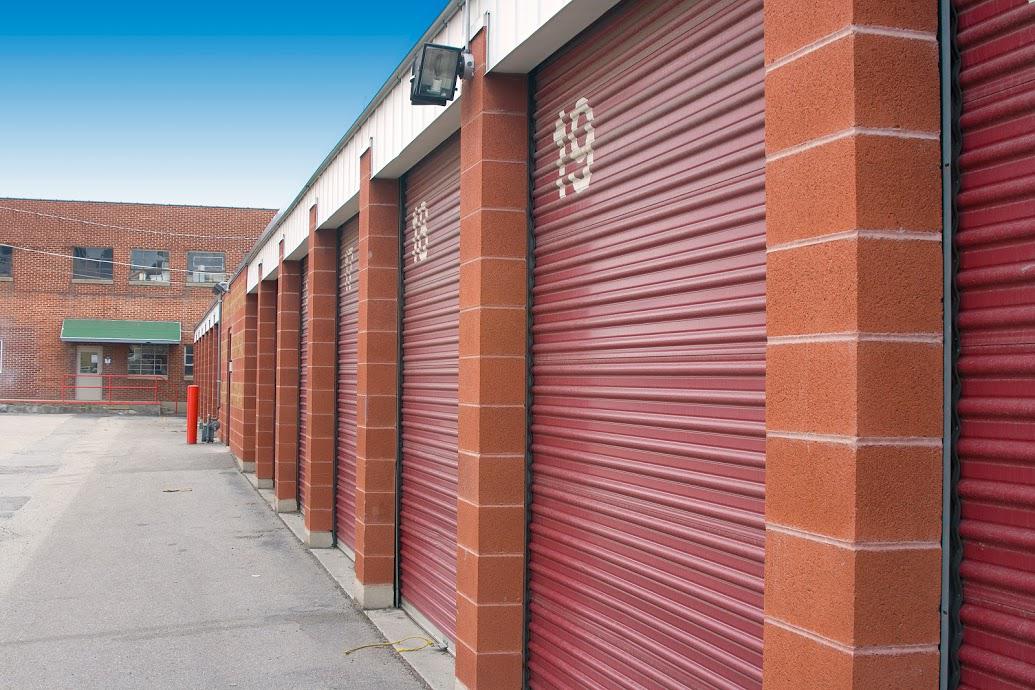

render ( scene ) # Render only the first camera (to debug) imgs = cams. stack ()Īfter ( cams: Camera with cams.shape = (num_cams,)): img = cams. flatten () # (b, h, w) -> (b*h*w,)īefore ( cams: list): img = cams. reshape (( num_rays, - 1 )), rays )Īfter ( rays is DataclassArray): rays = rays. To test on Colab, see the visu3d dataclassĭca.DataclassArray improve readability by simplifying common patterns:īefore ( rays is simple dataclass): num_rays = math.


Instead of vectorizing a single axis, will vectorize.

Only work on dca.DataclassArray methods.shape = ( num_cams, h, w is similar to jax.vmap but: rays () # Generate the rays for all the cameras cams. )Īfterward, we can generate rays for multiple camera batched together: cams = Camera ( K = K ) # K.shape = (num_cams, 4, 4) rays = cams. shape = ( 4, 4 ) # Compute the ray as if there was only a single camera return Ray ( pos =. vectorize_method def rays ( self ) -> Ray : # Inside shape is always guarantee to be `()` assert self. DataclassArray ): K : FloatArray resolution = tuple. dataclass ( frozen = True ) class Camera ( dca. Implement method as if self.shape = ().array allow your dataclass method to automatically support field ( shape = ( 3 ,), dtype = Ray ) # Nested DataclassArray # Static field (everything not defined as above) static0 : float static1 : np. field ( shape = ( None, None ), dtype = np. DataclassArray ): # Array fields a : FloatArray # Defined by `etils.array_types` b : FloatArray # Dynamic shape c : Ray # Nested DataclassArray (equivalent to `Ray`) d : Ray # Array fields explicitly defined e : Any = dca. dataclass ( frozen = True ) class MyArray ( dca. Array fields: Fields batched like numpy arrays, with reshape, slicing.Ĭan be xnp.ndarray or nested dca.DataclassArray.numpy # `numpy`, `jax.numpy`, `tf.experimental.numpy` # Compatibility `with jax.tree_util`, `jax.vmap`. stack () # Supports TF, Jax, Numpy (torch planned) and can be easily converted ray = ray. flatten () # Stack multiple dataclass arrays together ray = dca. reshape ( 'h w -> w h' ) # Native einops support ray = ray. shape = ( 3, 3 ) # Individual fields still available # Numpy slicing/indexing/masking ray = ray ray = ray # Shape transformation ray = ray. shape = ( 3 ,) # 3 rays batched together ray. DataclassArray ): pos : FloatArray dir : FloatArray UsageĪfterwards, the dataclass can be used as a numpy array: ray = Ray ( pos = jnp. dataclass ( frozen = True ) class Ray ( dca. Import dataclass_array as dca from dataclass_array.typing import FloatArray. Annotate the fields with dataclass_array.typing to specify the inner shapeĪnd dtype of the array (see below for static or nested dataclass fields).To create a dca.DataclassArray, take a frozen dataclass and: To view an example of dataclass arrays used in practice, see This reduce boilerplate and improve readability. From conceptual design to our wide range of services, Sentry Self Storage is there for you each step of the way.DataclassArray are dataclasses which behave like numpy-like arrays (can beīatched, reshaped, sliced.), compatible with Jax, TensorFlow, and numpy (with We can assist you with virtually any aspect of the Self Storage industry. Creative and proven techniques that assist in escalating your facility to a higher level of success.A professional perspective in managing your facility.With Sentry Self Storage, you can anticipate the following for your self-storage facility: Many members of our Management Team have numerous years of past experience with the self storage REITs in executive roles. We have over a "century" of combined self storage experience. We offer a full spectrum of services and a wealth of experience and knowledge to deliver maximum property results. Sentry Self Storage was founded in 1997 to provide the self-storage industry with state-of-the-art, consumer friendly, secure and convenient locations throughout the United States. We accomplish this through providing our tenant’s with the cleanest, most secure storage facilities, utilizing technology and a highly motivated and well trained staff. Our mission is to maximize Net Operating Income (NOI) and increase the value of the client’s asset.


 0 kommentar(er)
0 kommentar(er)
